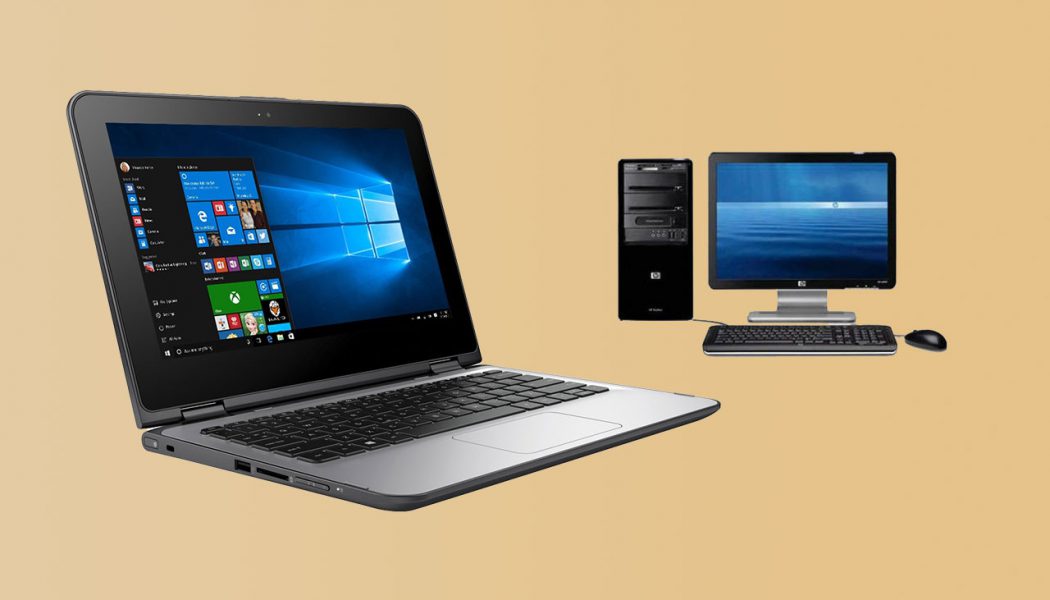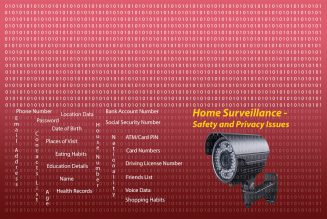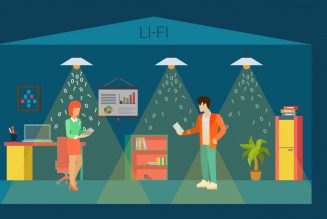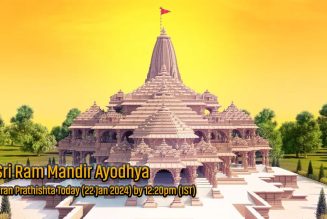You want to buy a new computer for you. But you are confused whether to go for a Notebook (Laptop) or a Desktop Computer. Many people have asked me for suggestion when they wanted to buy a new computer for their personal use. They were not able to make a decision because of the changing technology and specifications. Unless you are a Techie, you will have doubts. You can see various posts on this but, here are few points worth considering if you are confused.
What are you going to do with the new Computer?
It is extremely important to have a clear understanding of your primary use of the computer. You may use it purely for browsing the net and email communications. If you are an Application Developer and your work is more on Development.
You could be a retired, practicing Accountant doing part-time accounting and consultancy jobs to engage yourself or a gamer who want to play games. A student in a college or university will have a different requirement.
In all the above cases, your requirement varies between light to moderate and power use of the computer. So, you must first decide on what you will be using the computer for majority of the time.
Convenience versus Power
If you want convenience and portability then you must go for a Notebook computer rather than buying a Desktop one. But if you prefer to work at one place on a permanent Desk, then you can opt for a Desktop.
Again, you want portability as well as power then you can go for a Power/Business Configuration of the Notebook. How much ever smaller the Desktop Computer be, it is not easily portable as you need to carry the Monitor and associated peripheral devices.
Important things to consider
Whether you go for a Notebook or a Desktop Computer, there are a number of things that you need to consider before proceeding to buy one. The performance depends upon the Software and Hardware – you may not like any compromise.
- Brand and Service Options – for Notebook and Desktop
- Thin/Ultra-Thin/Normal (Notebook) – Home/Business Edition/Gaming
- High Tower or Mini (Desktop)
- All-In-One having CPU, Monitor, Hard Disc and Connectivity Slots
- The Processor (CPU) – Make, Generation, Cache Memory and Speed
- CPU, Graphics and Secondary Cooling Fan(s)
- Graphics Card – Built-In (Primary and Secondary) Display Card and Add-On (Expansion)
- Power (of the Desktop Power Supply) or Battery Life (of Notebook)
- Storage Space (Hard Disc) SSD/Conventional – System and Data
- Memory (RAM)
- External Display Unit (Monitor) – Type, Touch/Normal, Size, Single/Multi Mode
- Keyboard – Built-In or External (with or without Numeric Key Pad) – Wired/Wireless
- Mouse – Track/Touch Pad or Pointer as well as External – Wired/Wireless
- Slots: USB (different versions), HDMI (different versions), SD Card etc.
- Network Adapter – Wired (Gigabit) and Wireless (Wireless with 5GHz Support)
Graphics Cards and Graphic Memory
Graphics Cards and Dedicated Memory for the Graphics/CPU Intensive operations are important if you are a power user or a developer. Go for a Graphics Card with at least 4GB Memory for better performance. If you are a designer, you will definitely require it for extensive Rendering.
DVD Drives
The DVD Discs are a slot of obsolete now, with USB Sticks (Pen Drives), External Portable Hard Discs and SD Cards taken over the control. Everybody wants light-weight Notebooks so that they can carry it easily. For some, the Notebook may be very light but the Power Adapter could be equally (or more) bulky and heavy. The thickness of the Notebook is reduced considerably by removing the Built-In DVD Drive.
Processor Chips
Some people prefer to have Intel Chips for the CPU but some others would vote for AMD Chips. While both are good, each one has its own plus and minus points.
Hard Discs
While selecting a computer whether Notebook or Desktop, it is important to know about its primary Hard Disc. The Operating System (Windows/Linux/Mac OS etc.) would occupy considerable amount of disc space depending upon the configuration. Windows Operating Systems require at least 256GB of space dedicated to it, for its frequent and bulky updates. You can see that over a period of short time, your disc gets run out of space if you regularly do the updates of the OS and various other software.
Windows OS keeps a backup of all installed/updated OS Components for a period of time before they are cleared by Windows Housekeeping System. It may not be possible to remove certain backup copies as you will not be allowed to do updations once you remove them. So, you must plan for a safe working space for Windows only.
Home Editions of Notebook Computers by default come with lower disc space (and other options) to keep the price economical. But that becomes a blockade as you may be left without upgrades later if required. The conventional Hard Discs provided with Home Edition are normally of 5400rpm speed and slowest for boot-up as well as other applications. You need 7200rpm speed which is good enough. But that is not a comparison to the Solid State Drives (SSD) which are extremely faster and light weight.
Ideally, it is good to have two Partitions (Volumes) – one for the OS and Applications and the other for your Data or Working files. This way, you can segregate storage and safeguard files from getting deleted accidentally. A 1TB SSD can be considered minimum requirement as the size of the OS and Applications are growing daily. But this is nothing if you are a Developer or a Power User.
RAM – Random Access Memory
Depending upon the Operating System being installed and the type of Applications run on a computer, the requirement (and speed) of the RAM varies. Though some Operating Systems could be installed with as low as 2 to 4GB or RAM, you will feel the slowness when you start running applications on it. Now a days no one goes for a Computer having less than 4GB of RAM – while 8GB is the base and goes up to 16 and 32 depending upon use.
Network Cards/Wireless Adapters
With higher Bandwidth and 5GHz, Network cards play a significant role in your Internet Surfing, Download/Upload and remote Connectivity operations. Not all Wireless Adapters can connect with Router having 5GHz Wi-Fi option. The newer Routers provide both 2.4GHz and 5GHz Wireless Networks. With 5GHz, you will be able to utilize the Higher Bandwidth connection provided by your ISP. The Built-In Network cards (Cable) are equipped for the latest Networks and Cabling Schemes. Make sure that the Wireless Adapter supports 5GHz. It must have 802.11ac, 802.11g or 802.11n Protocol Support.
CPU Generation, Speed and Cache-Memory
Cache-Memory or L1,L2 and L3 Cache (if available) are used by the CPU for speedup the operation and acts as a bridge between the Speed of the Processor and Memory. The CPU Caches are small pool of memory that store information CPU needs for the immediate processing. The size of L1 Cache can be from 256KB to 2MB and the fastest of the three, depending upon the processor. L2 Cache, slower than L1 could vary from 256KB to 8MB. L3 Cache which can be of 4MB to 50MB of size and the slowest one of the three.
Higher Generation of Processors as well as Multi-Core Processors have high Operating Speeds and are more powerful than their older generations. If you are choosing Intel Processors, my recommendation would be to go for Core-i7 and above.
Display/Monitor Size
Depending upon your type of work, you may opt for a 13 inch or 15 inch (Diagonal) Screen. A Gamer would opt for 17 inch for a Notebook. All displays measure size diagonally in inches. If you are using external displays then you can go for even higher sizes like 27 and 29 inches. Wide Screen is preferred and you can go for Ultra-Wide as well. Wide External Displays provide you with multiple side-by-side windows and possibility of connecting more than one computer on one monitor. I have a 29inch Ultra-Wide with two HDMI Input so that I can connect two computers. But I am using it for Split Windows (half the size) to get two 17 inch in one screen. This gives me more options working on multiple applications at the same time as a developer.
Keyboard, Mouse and other Peripheral Devices
You may have portability with built-in Keyboard and Mouse of the Notebook. But working with can be difficult if you are a Developer or a Graphics Designer. Not all built-in Keyboards have the Numeric Key Pad (highly suitable for all Numeric Data Entry). Go for an External Keyboard/Mouse if you can compromise on portability for ease of work.
I have recently come across an External Key Board which does not have Home and End Keys. The Function as well as Control Keys are difficult to use and not at all user friendly. It does not have a Numeric Key Pad and in its place this one has the Touch Pad Mouse. The Print Screen functionality is also very difficult to access.
Make sure that you have at least three USB Ports, one HDMI Port and one SD Card Reader Slot. It is better if you can have one of the USB Ports with the latest type USB-C. The USB Speed goes 1.x to 3.x. Ensure that your Notebook or Desktop has the connectivity option using the latest technology. Otherwise you will have to use External Adapters for compatibility with others.
Final Word
Last but not the least, go for a Branded Computer instead of a cheap/assembled one. This could protect your investment and give you trouble-free operation on the long run. Assembled and/or Refurbished ones could be cheap initially but can take you for a ride when it comes to serviceability and upgrades at a later stage.
Notebooks are not easily (or sometimes not possible) upgradable with changing Software, Application and your Requirement. So, unless you have a requirement for a Notebook, I would suggest to buy a Desktop which can to certain extent upgrade easily. But this is at the cost of Portability and Convenience.
It is your money and your requirement. Make a wise decision rather than getting disappointed after buying a computer. Anti-Piracy movement enforces Computer users to have only Original Licensed Versions of Operating System and Software. Be legal, otherwise you could be penalized.







